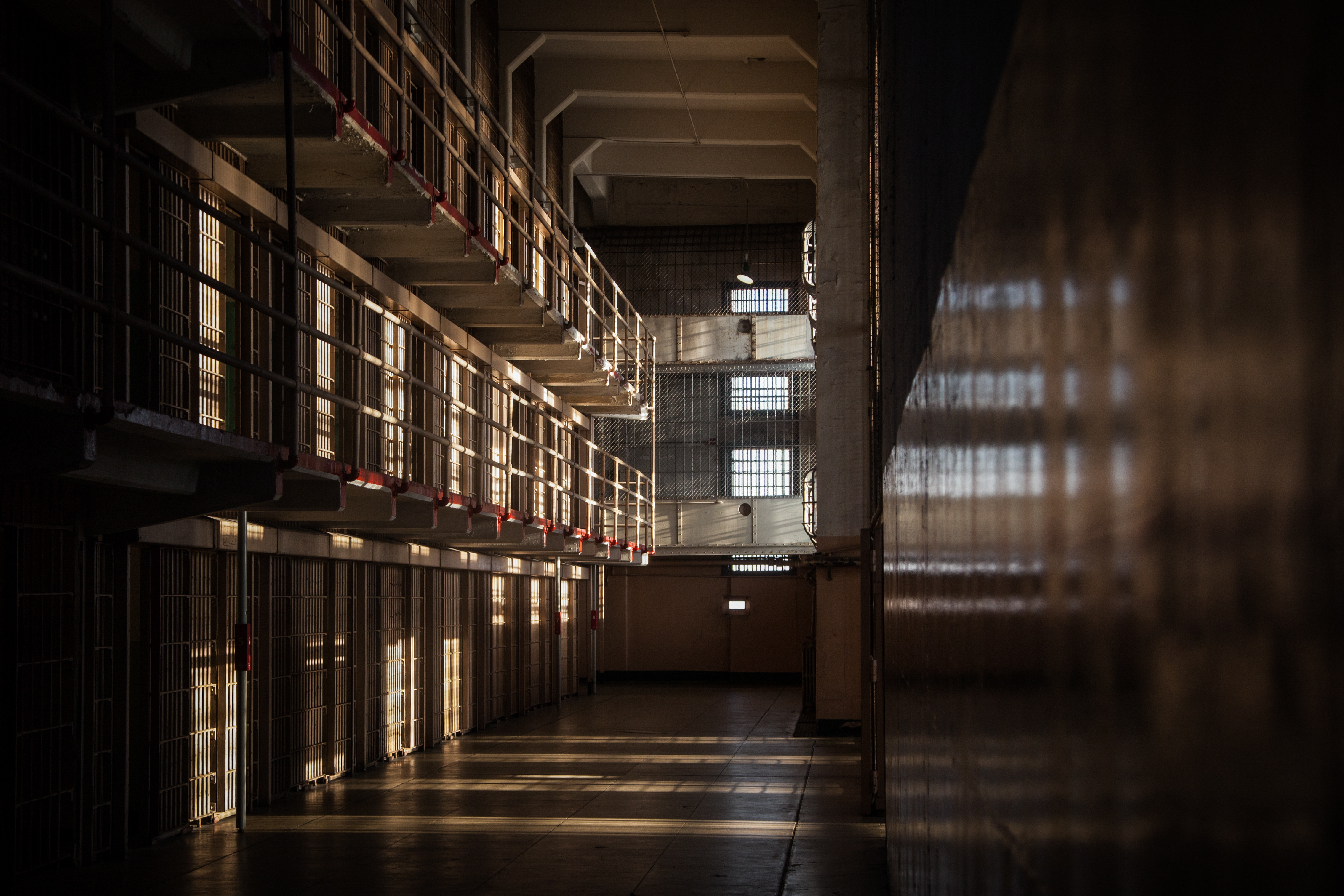


by Lynn Woods
(The following is excerpted from a longer piece.)
California is seeking to reform its prison system by providing inmates with opportunities to participate in a variety of self-help groups, college programs, vocational training, and designated programming facilities. This reform comes at a time when the state is being ordered by the federal court to reduce overcrowding due to inadequate medical and mental health care. Governor Edmund G. Brown, Jr., and prisoner support groups put together an initiative called the Public Safety and Rehabilitation Act of 2016, approved by California voters on November 8, 2016. This reform came at a time when inmates confined to security housing units (SHU) bonded together in a statewide hunger strike to revise the prison system and its politics to benefit all inmates. A bond between ex-gang members and leaders made national headlines with their hunger strike and  agreement to end hostilities between them. Their efforts to change the system were mostly successful, and they successfully challenged and changed the harsh practice of long-term solitary confinement in SHU.
agreement to end hostilities between them. Their efforts to change the system were mostly successful, and they successfully challenged and changed the harsh practice of long-term solitary confinement in SHU.
Between 1970 and 1974, 71 prisoners and 11 correctional staff were murdered in California prisons. These homicides began a war within the system between inmates and staff, the results of which made it hard for anyone to do their time safely. Inmates were set up by correctional officers through racial conflict. This sparked a wave of violence, and caused the California Department of Corrections and Rehabilitation (CDCR) to create the SHU to house violent inmates. Even in the SHU, correctional staff orchestrated “gladiator fights” that garnered national attention in the 1990s. Correctional staff killed five prisoners in the Corcoran SHU, and injured another 40 between 1989 and 1994. This behavior was never intended to rehabilitate, but to create an uncomfortable perception (of criminals as irredeemable) for the public, and a hostile environment within the prisons.
On August 12, 2015, a riot broke out at California State Prison, Sacramento. In this event, 71-year-old Hugo “Yogi” Pinell was killed. Released from the SHU after 41 years, the CDCR never forgot that Pinell was one of six prisoners accused of slitting the throats of correctional officers that stemmed from the violence of 1970-1974. Pinell was killed by two white inmates in a planned attacked orchestrated by prison officials.
The CDCR has a huge issue with overcrowding that has caused violence and inadequate medical care. According to CDCR notice of change to regulations number 17-05, published July 14, 2017, “from 1978 to 2006, the prison population in California grew from 22,000 to 176,000, an increase that forced prisons to house inmates at double their designed bed capacity. On May 23, 2011, the United States Supreme Court ruled that California must comply with an order handed down by a federal Three-Judge Court to reduce its prison population to 137.5 percent of designed bed capacity.”
Specifically, the Three-Judge Court ordered the department to implement additional population reduction measures. These measures were intended to reduce the violence within the prison system, rehabilitate the portion of the inmate population that wanted rehabilitating, and to ensure better medical health care.
Even though the new reforms were implemented, inmates are still faced with the damage that was done and the impact of the past. Correctional officers still, in many cases, utilize aggressive tactics and there is still a pervading sense of the old “us vs. them” mentality. True rehabilitation remains the responsibility of the individual prisoner, and it is a testament to an individual’s determination at self-improvement that lies at the core of personal reform. Most inmates, like myself, will be released from prison after serving their sentence. Those who have chosen to pursue education, acquire degrees, participate in self-help groups, are better prepared to reenter society and become active, productive members of their communities. Research shows that rehabilitation programs providing effective and targeted rehab interventions are proven to reduce recidivism and therefore enhance public safety. These types of reform push the inmate in the direction of pro-social change, and benefits the individual, their family, community, and all of humanity.
Republished from “Perspectives from the Cell Block: An Anthology of Prisoner Writings” – edited by Joan Parkin in collaboration with incarcerated people from Mule Creek State Prison.
